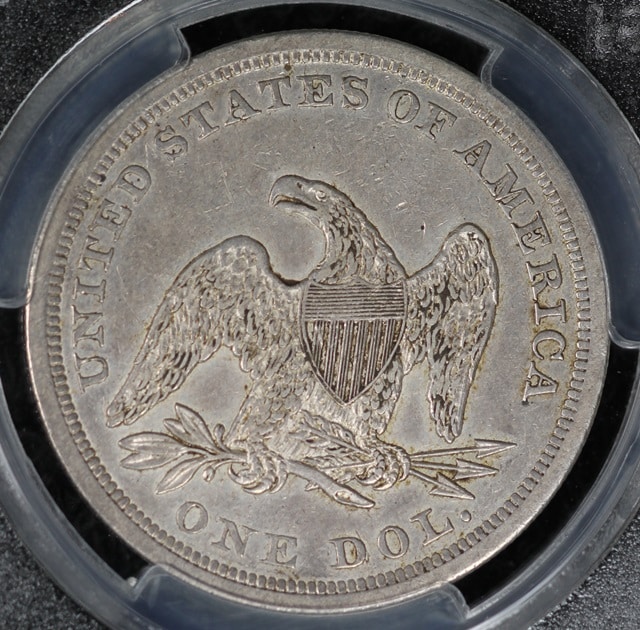In the twentieth century the dollar became the global reserve currency when in 1944 the world’s developed countries met at Bretton Woods, New Hampshire and pegged the exchange rate of all their currencies to the U.S. dollar. Prior to that, most countries were on the gold standard which meant that, upon demand, they would redeem their paper currency for gold and kept enough gold in reserves to do so.
Eventually the United States abandoned the gold standard, when Richard Nixon completely untethered the value of the dollar to gold, but by then the U.S. had the most robust economy of any country in the world, so it remained the dominant reserve currency. Is there a country in the world where you cannot exchange dollars for the local currency?
What people often forget is that the American dollar was a currency experiment when it was introduced, just as American government was. Prior to that, most North American colonists were used to the monetary system of Great Britain which consisted of pounds, shillings, and pence, but issued by the government of each local colony. A Massachusetts pound was not intrinsically valuable the way Spanish pieces of eight were. A piece of eight was made of a certain amount of silver which had worth anywhere. If a man traveled from Massachusetts to New York to Pennsylvania and then south to Virginia and the Carolinas, he would have bought his supplies using pounds, shillings, and pence, but he would have had to trade them at every stop, the way Americans must exchange their American dollars for Canadian when they cross from Michigan to Ontario.
In 1792 the new United States Congress passed the Coinage Act which authorized the building of the United States Mint and created a brand new currency: the U.S. dollar. Part of this experiment was in how the dollar broke down: in tenths, hundredths, and thousandths. One silver dollar was worth 10 dismes, 100 cents, or 1000 milles. It may seem ridiculous to calculate the value of anything in milles, but remember, prices for everything were much, much lower.
People did not automatically take to the new money. They’d spent their whole lives mentally calculating how much beef could be purchased for a shilling and had advertising sayings such as “Drunk for a penny, dead drunk for tuppence,” meaning you could purchase enough gin to get dead drunk with for two pennies. Figuring out how many U.S. cents it cost to get dead drunk might have been a little too much for your average gin drinker.
As a result, plenty of merchants continued to keep their prices and their books with the old currency – at least until laws were passed prohibiting this. Writing in 1820, nearly 30 years after the Coinage Act was passed, John Quincy Adams described in detail how easy it was to trade with Spanish reales and how prices were still stated in shillings; however, the average American shopkeeper had no idea what a dime or a mille was – the country’s own coinage!
According to the Coinage act, new U.S. coins were to have the emblem of liberty with the inscription “Liberty” and the year of the coinage, and, on the reverse, an eagle with the words “United States of America.” The coins that resulted were not the most sophisticated ever minted, but that has not affected their value over time. In fact today they are highly collectible and the 1794 Flowing Hair silver dollar set a new world record three years ago for the highest price paid for any individual coin ever.
If you’d like to discuss your coin collection as it exists or would like it to become, Grand Rapids Coins would love to hear from you. One of our specialties is locating rare coins from American history.

